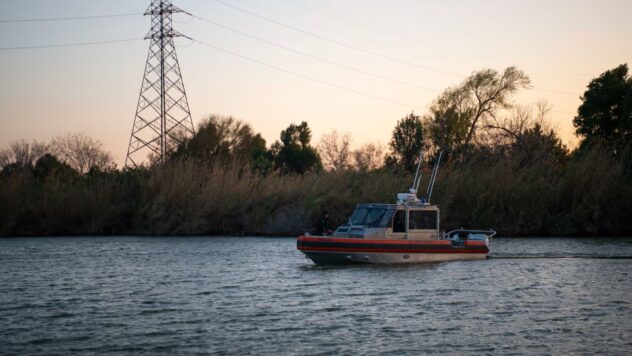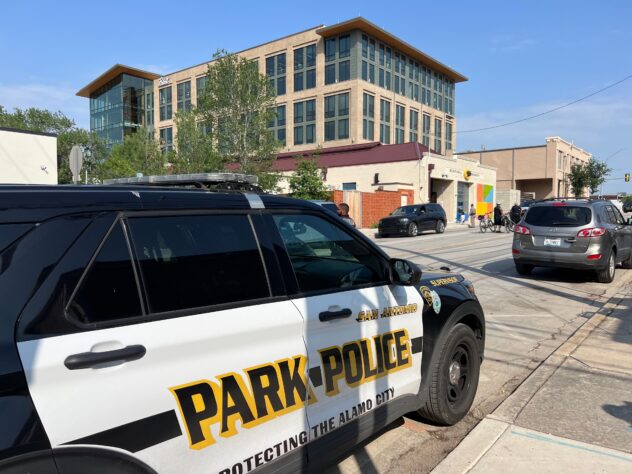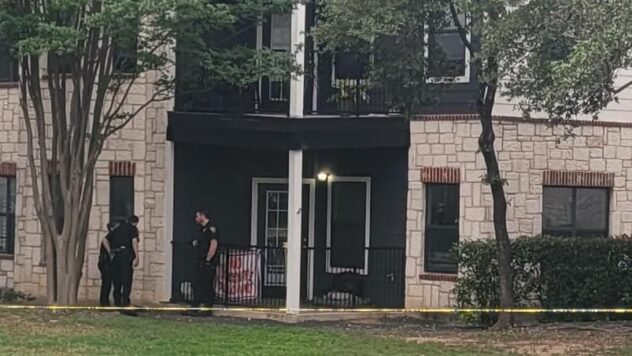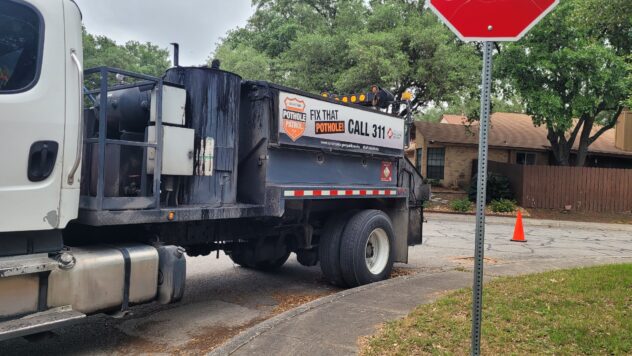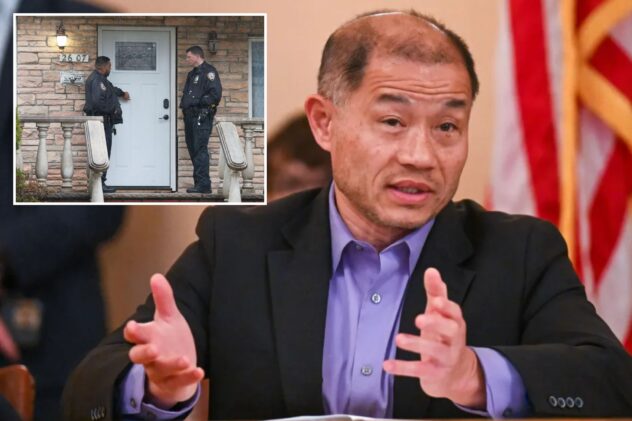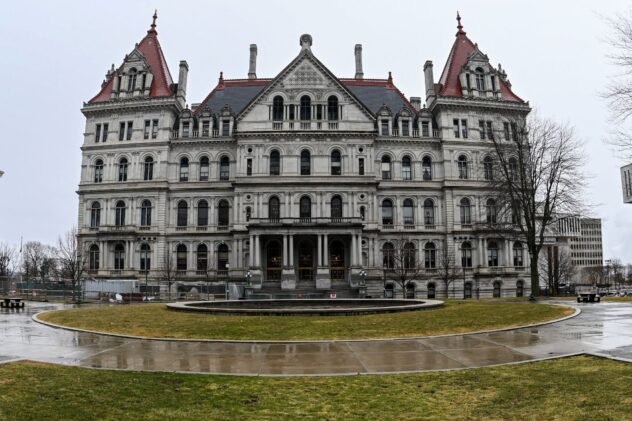After fumbled warnings about prolonged power outages, Austin mayor promises changes
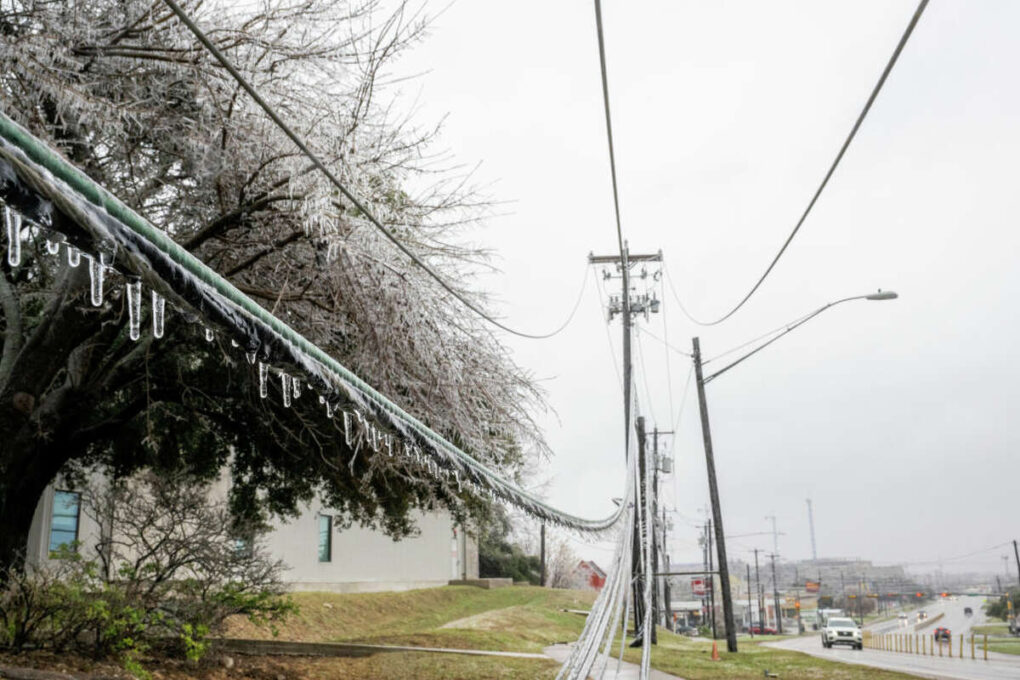
After Austin officials fumbled warnings about a persistent power crisis that could leave tens of thousands of people in the dark for more than three days, Mayor Kirk Watson admitted a need to overhaul the city’s emergency communications.
But critics and residents had little room for forgiveness as this week’s ice storm proved an early test of Watson’s administration just weeks after he took office.
Watson and Austin Energy officials waited more than 24 hours after people began losing power to hold the first press conference to provide updates. And hours after they spoke, the electricity provider walked back its estimate that power would be restored by the end of the third day of outages. As more than 150,000 customers sat without power Thursday afternoon, Austin Energy said it could no longer promise when electricity would be fully restored.
“By having a black hole in communications, unfortunately, the city of Austin has set themselves up for a narrative that they can’t deliver on the services,” said Steven Pedigo, the director of the University of Texas at Austin’s LBJ Urban Lab, which focuses on urban policy.
At Thursday morning’s press conference, Watson said he shares the frustration of many residents about delayed communications.
“I will admit that I deferred to folks so that they could be doing the jobs that they needed to do and [are] experts in the area, but I am frustrated and I know others are frustrated,” he said. A press conference about the power outages should have taken place earlier, he added.
Austin Energy is owned by the city, and, in turn, an extension of the local government.
Frozen power lines are seen hanging near a sidewalk on February 01, 2023 in Austin, Texas. A winter storm is sweeping across portions of Texas, causing massive power outages and disruptions of highways and roads.
Brandon Bell/Getty Images
Since the start of the winter storm Monday evening, Austin Energy used its website and social media to provide progress reports, which provided little help for people without an internet connection or with strained cellphone data. The messaging didn’t give specific or individualized timelines about power restoration.
On Wednesday morning, the utility tweeted that some customers could be without power for 12 to 24 hours. Around 4 p.m. Wednesday, it urged people without power to relocate because outages would continue into Thursday. On Wednesday night, after tens of thousands of people had endured much of the day with no electricity, the company extended its timeline of fixing the local power outages to Friday at 6 p.m. Then on Thursday afternoon, the company said it could no longer provide a systemwide restoration estimate.
Residents criticized the city for not using its text alert system and for not providing details about the scope of the crisis and how long they might go without electricity. But Austin Energy General Manager Jackie Sargent said Thursday that officials opted to wait because of the fluidity of the situation.
“The texting feature is a bit challenging, because if you’re going to text out information, you want to have accurate information,” Sargent said.
Complicating matters for people without electricity, Austin Energy’s online outage reporting tool crashed Wednesday evening. The company asked people to call in issues instead but customers faced long wait times on their telephone line.
The reporting tool was back up and running Thursday. Sargent said the utility’s system was overwhelmed by the “unusually high” volume of inquiries from residents Wednesday, but it has since worked to manage the demand for information.
While the information from the reporting tool is now accurate, Sargent said customers could still experience “glitches” from time to time.
While the local power outages in 2023 are different from the blackouts in February 2021, emergency communication has been a problem in both crises. During Winter Storm Uri — when millions of people lost access to power and water amid record-low temperatures — the Texas Division of Emergency Management failed to send out cellphone notifications via the national Emergency Alert System. In the end, 246 Texans died in the 2021 disaster per the official estimate, though some experts said the true toll could be much higher.
“It’s just crisis after crisis that’s happened in such a short term that you would imagine that we would have some sort of a communication plan,” Pedigo said. “It just doesn’t seem like we’ve gotten there.”
Pedigo has developed strategies for more than 50 cities and regions in the United States and other countries. He said the city could have intentionally used elected officials as communication ambassadors, as many counties did with COVID-19 protocols.
Watson, who is three weeks into the job, said the city will revisit its disaster communication protocols after it fully addresses the current outages. He told The Texas Tribune that at a minimum, residents should be able to ask questions and receive answers “as opposed to [the utility] just sending press releases.”
Austin Energy also committed to improving its reporting tool for future extreme weather events.
“The best way to assure your residents have faith in what’s going on is good, clear communication,” Watson said. “I’m not sure you can overly communicate under those circumstances, particularly when people are suffering. They’re cold and then they’re in the dark.”

